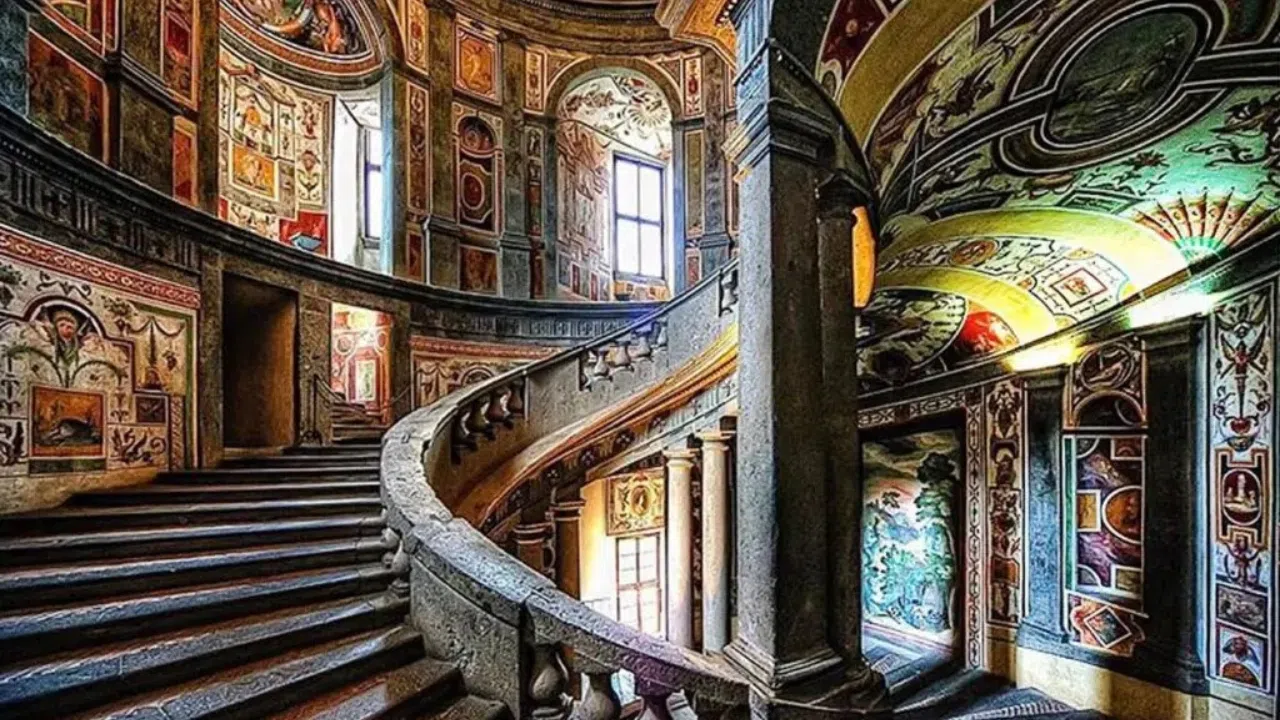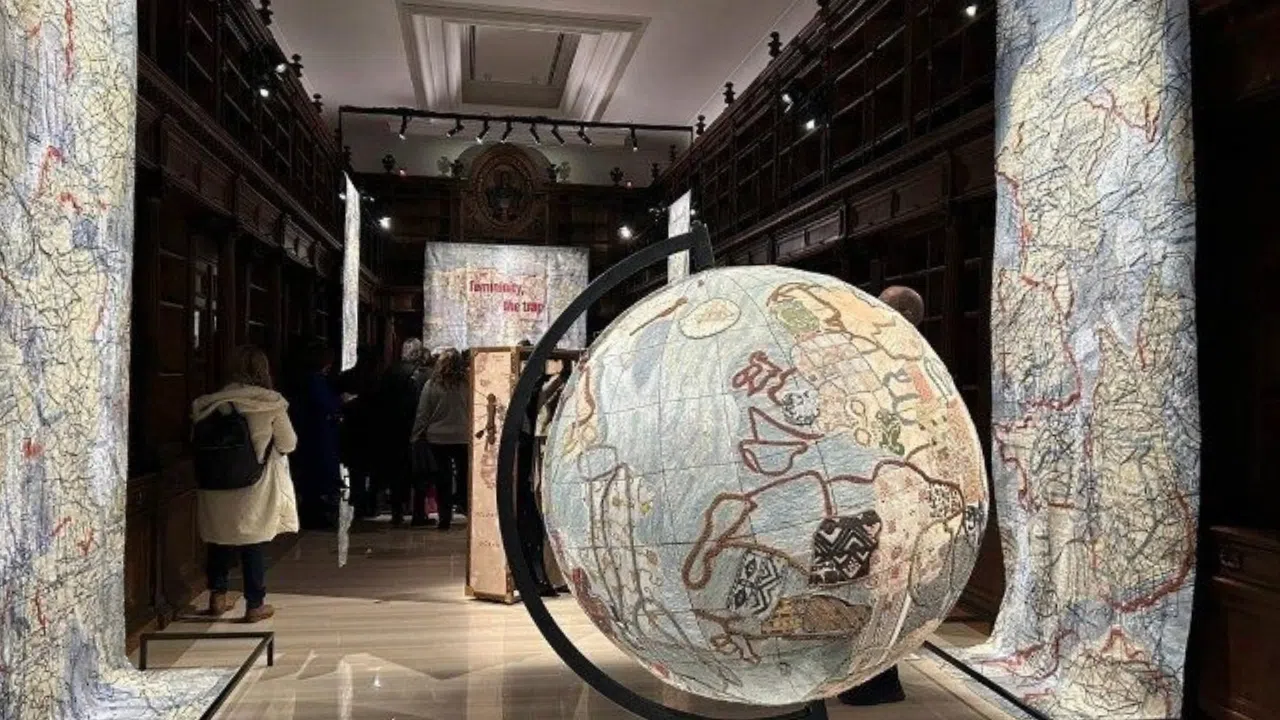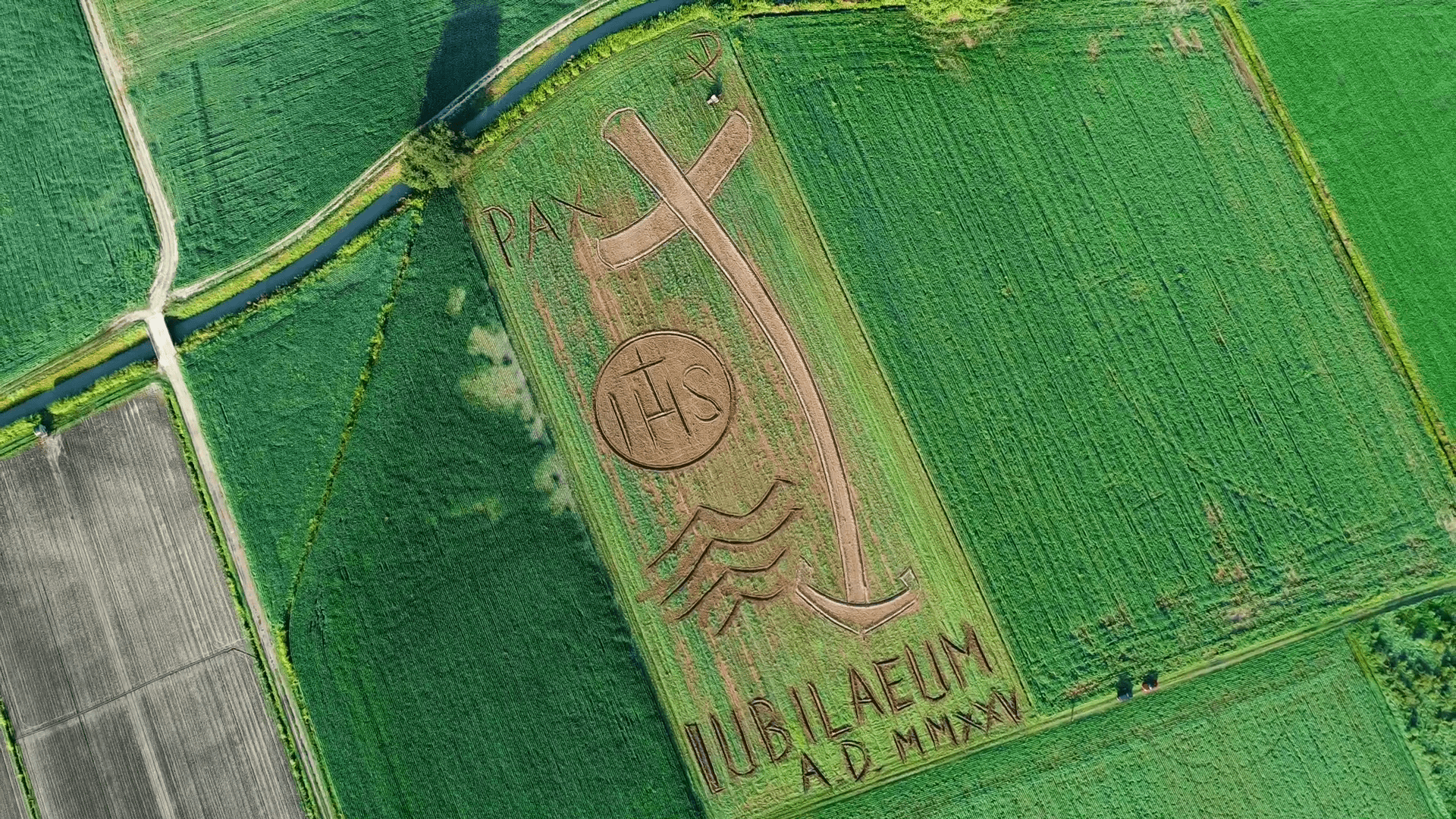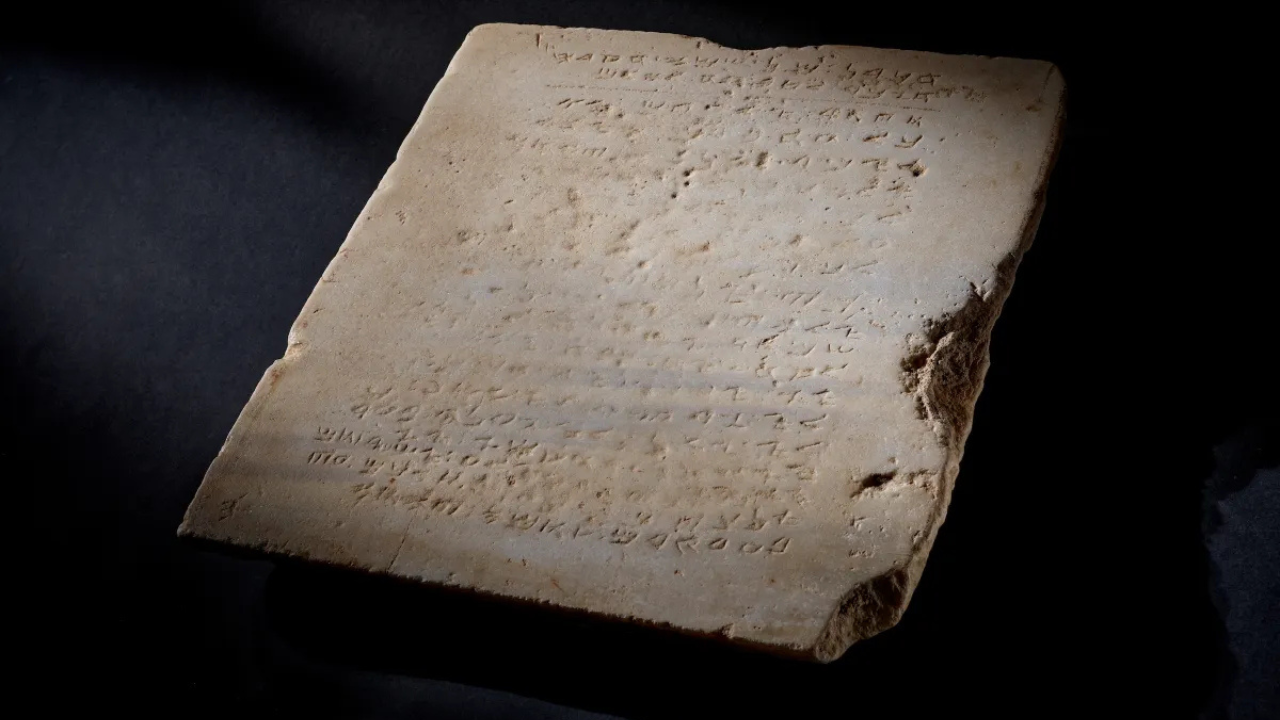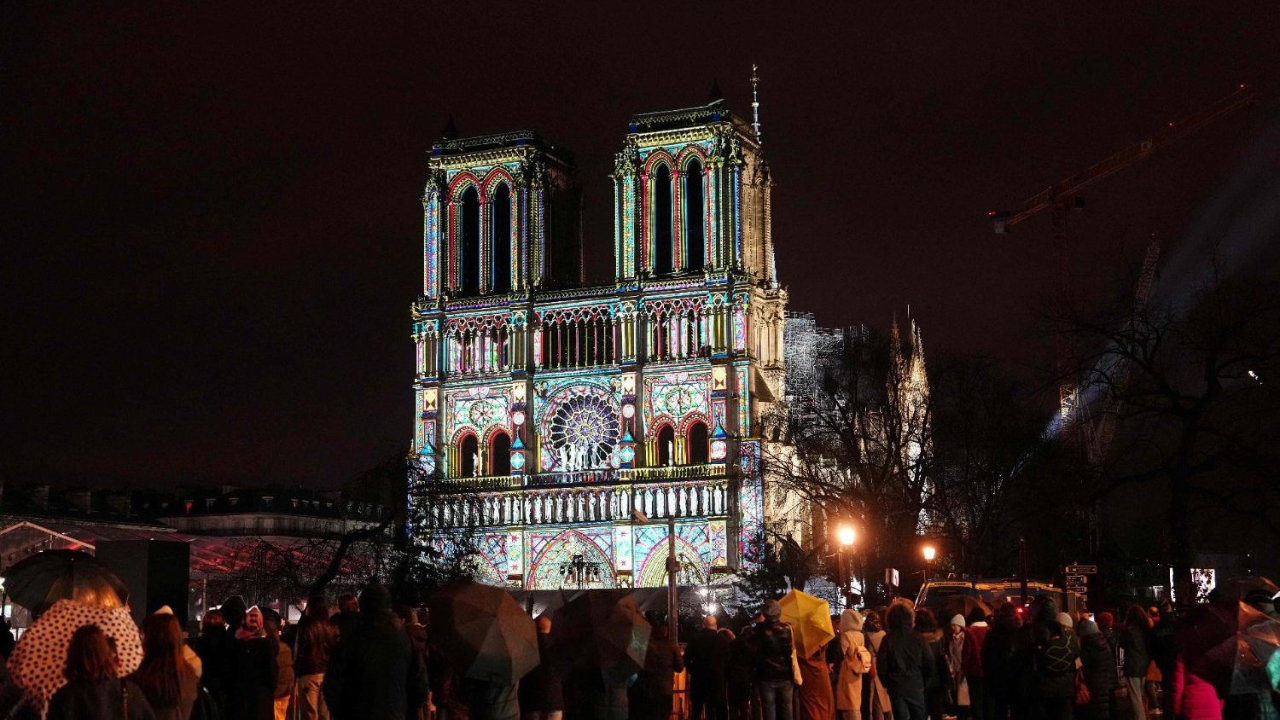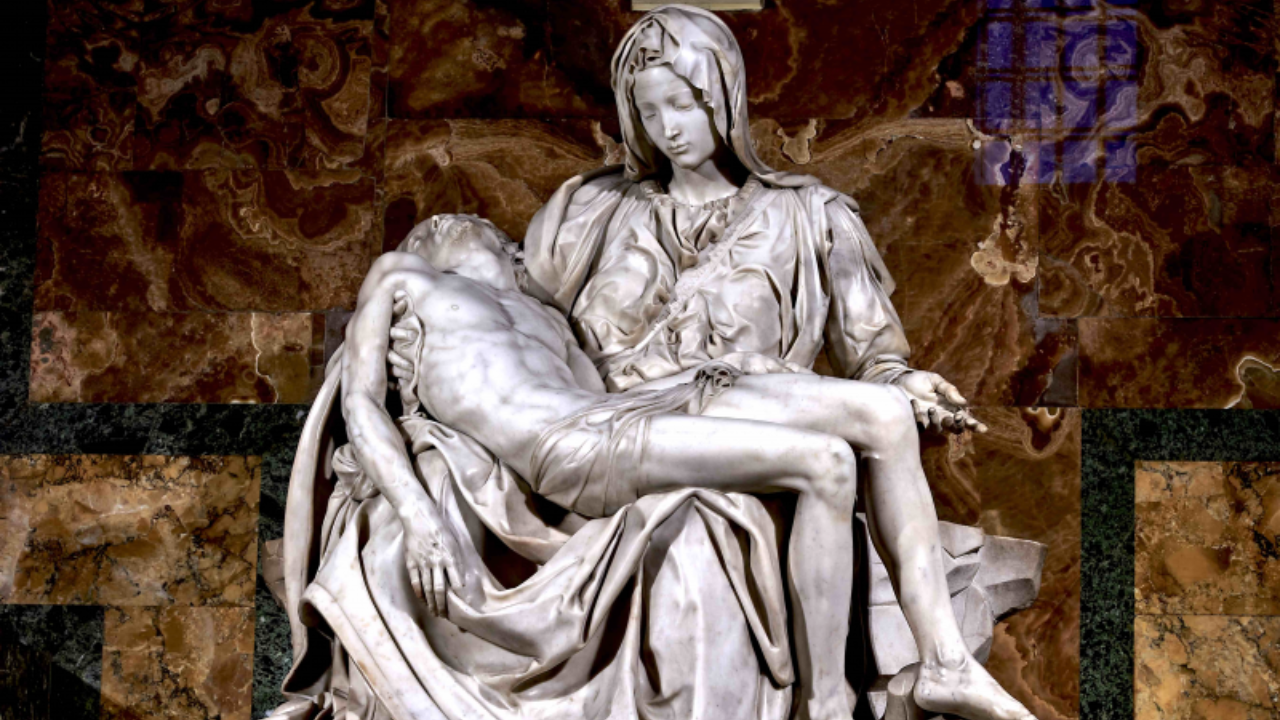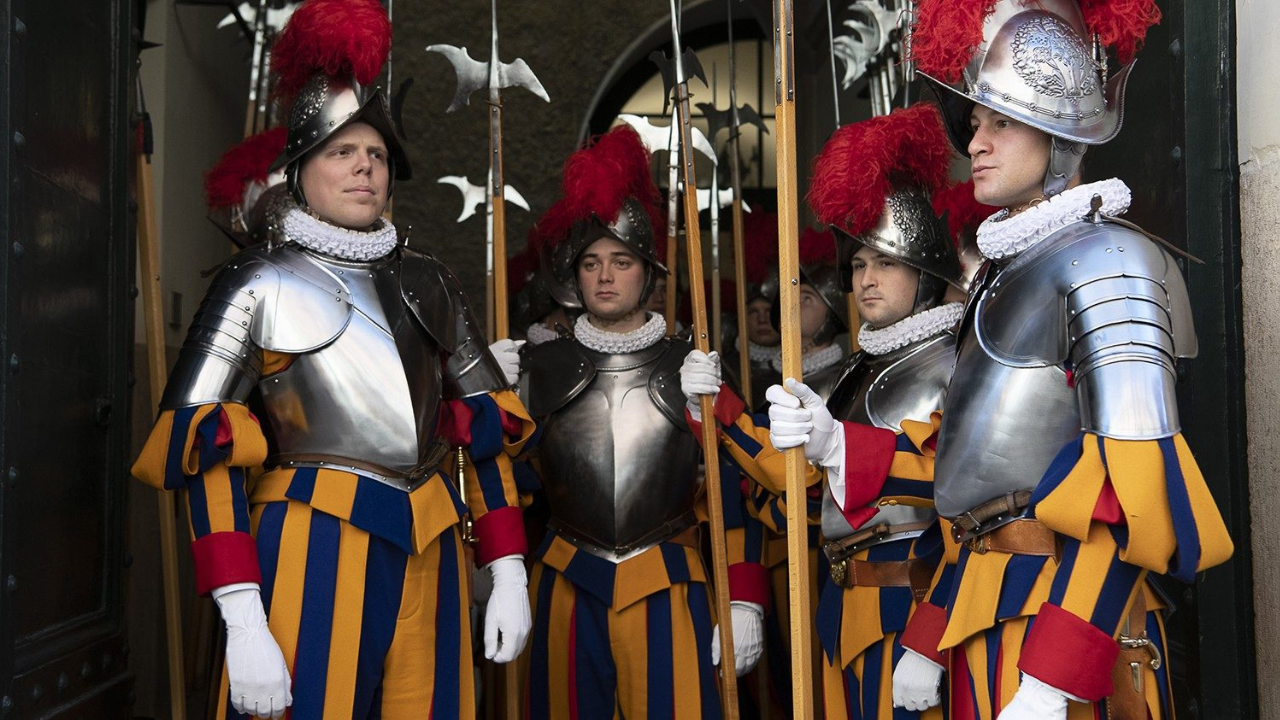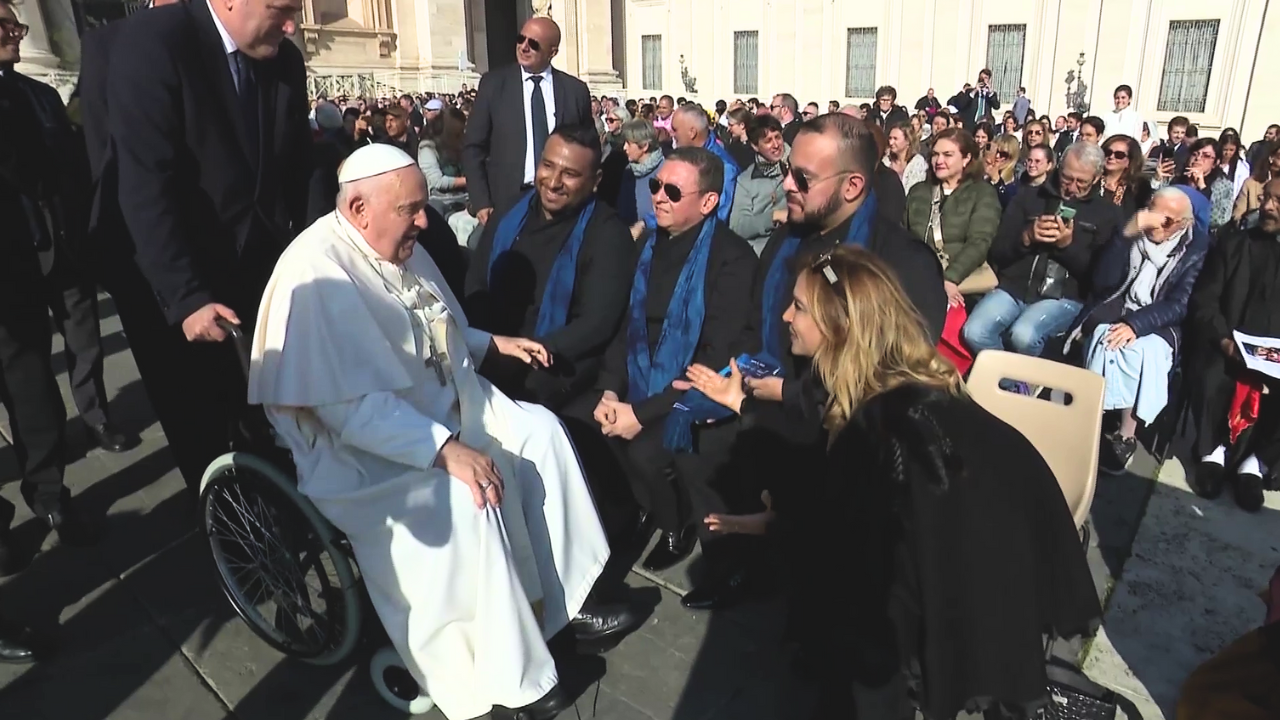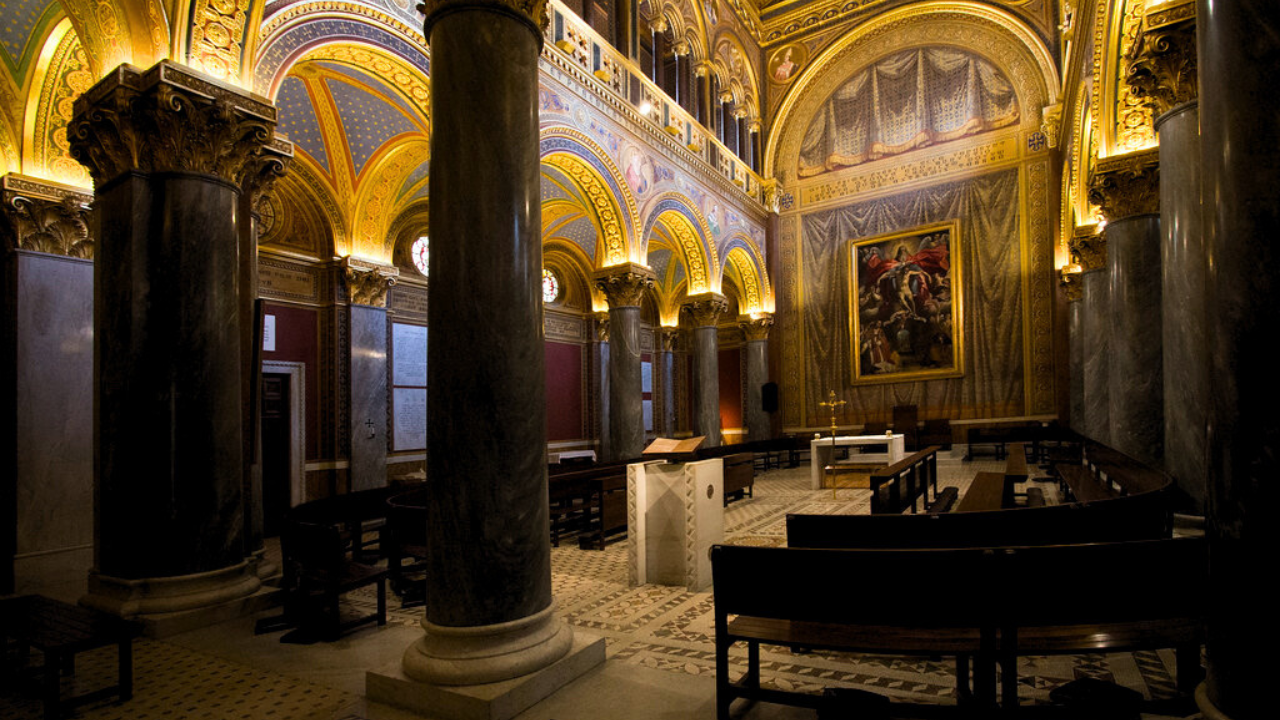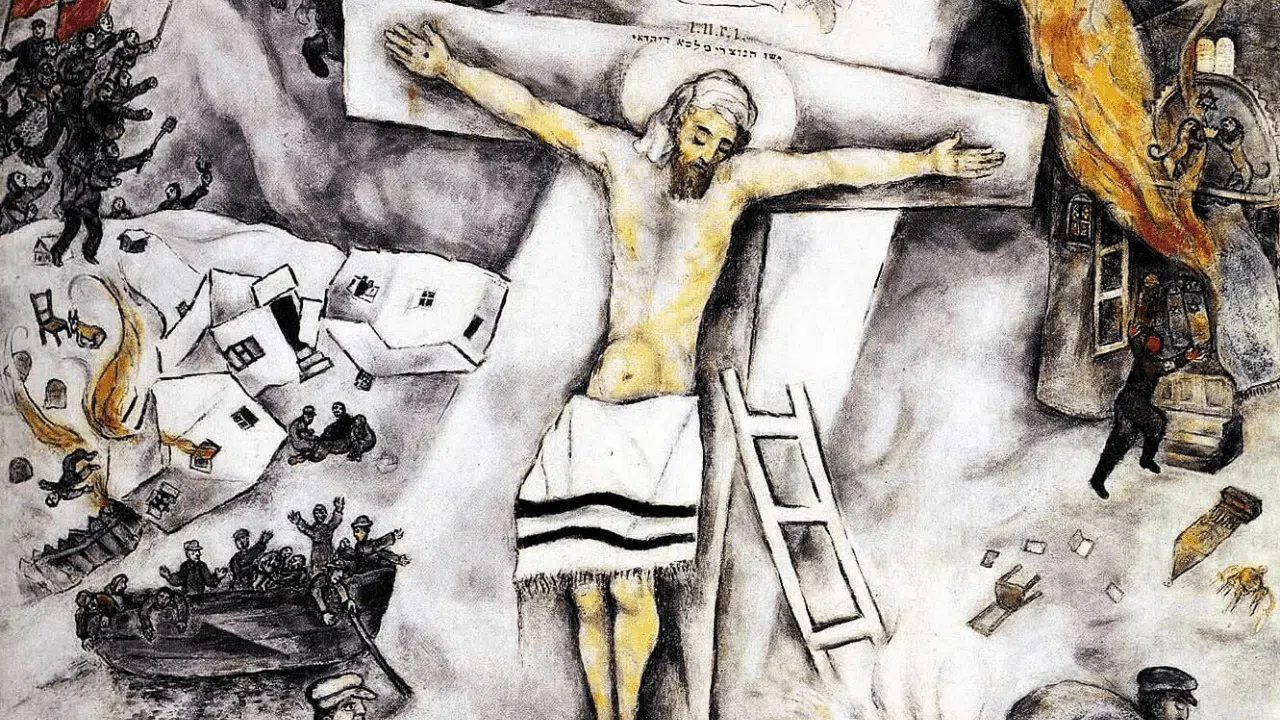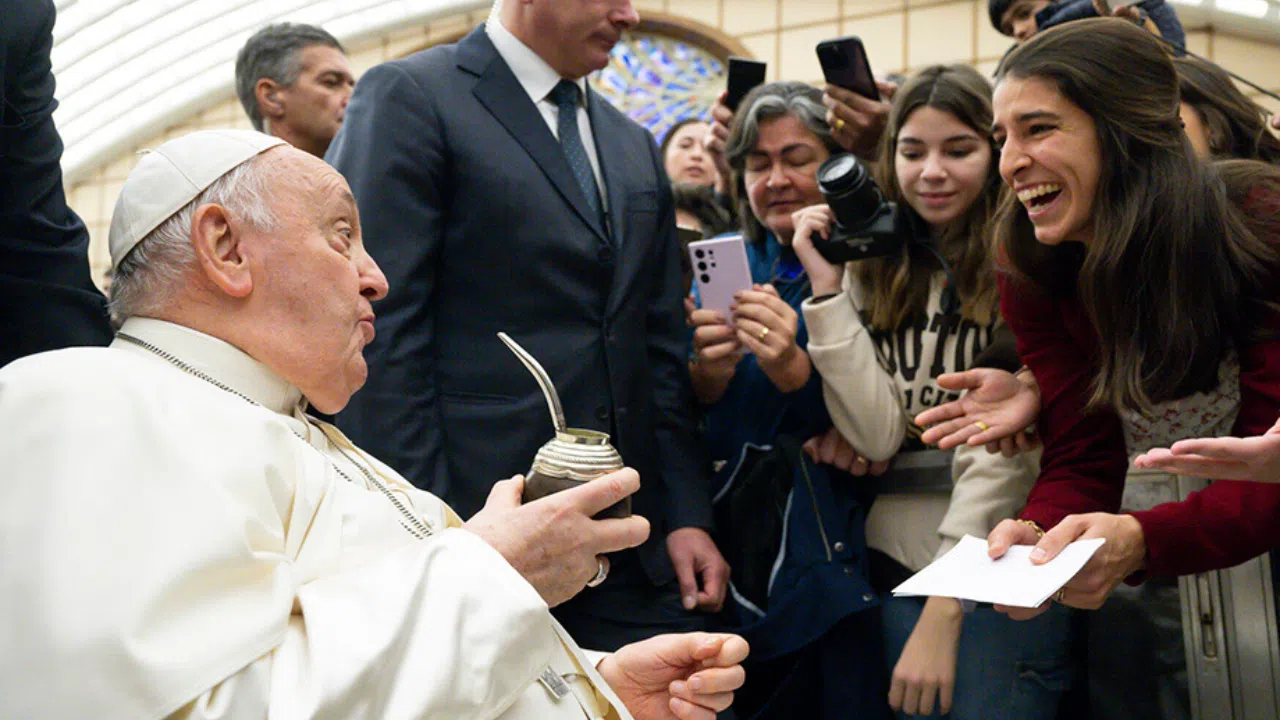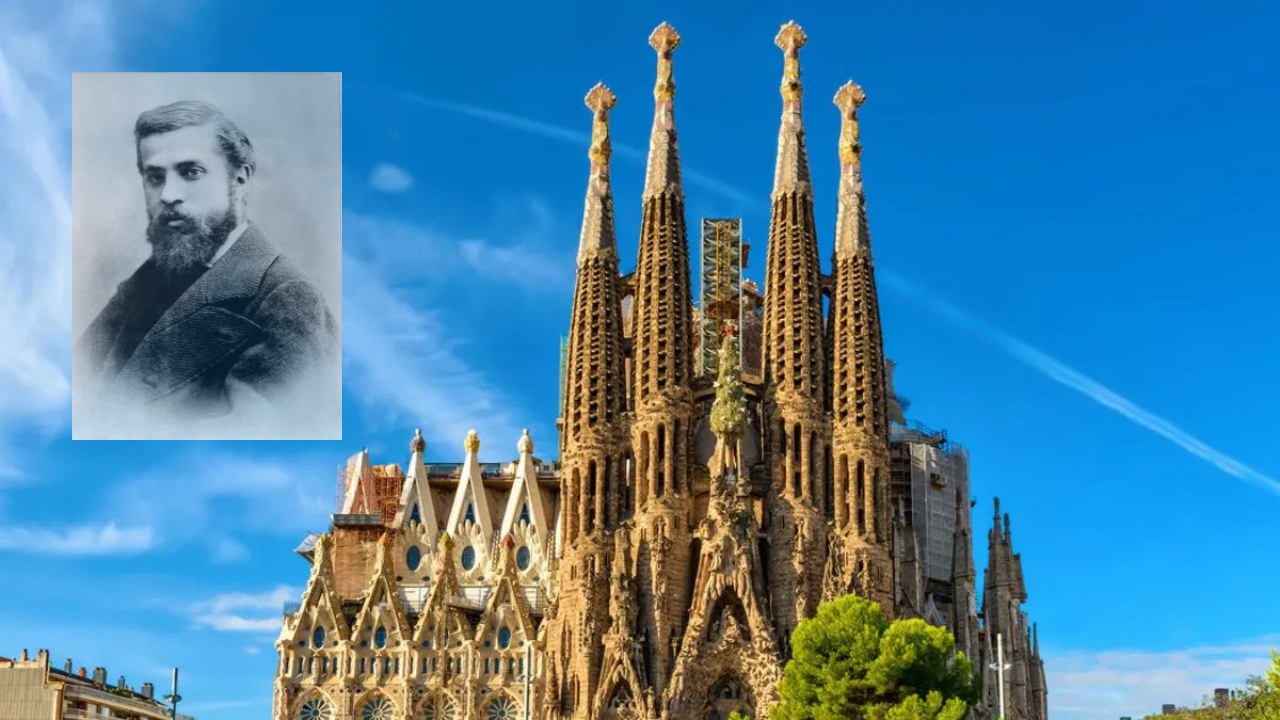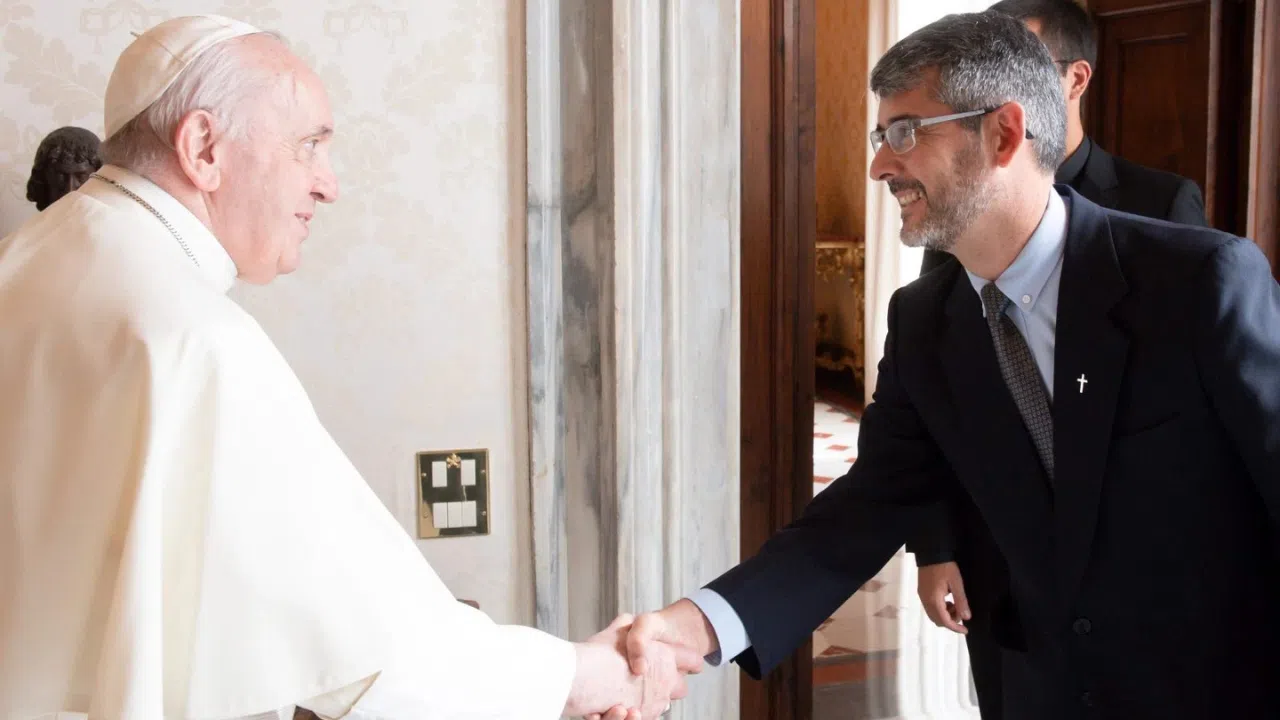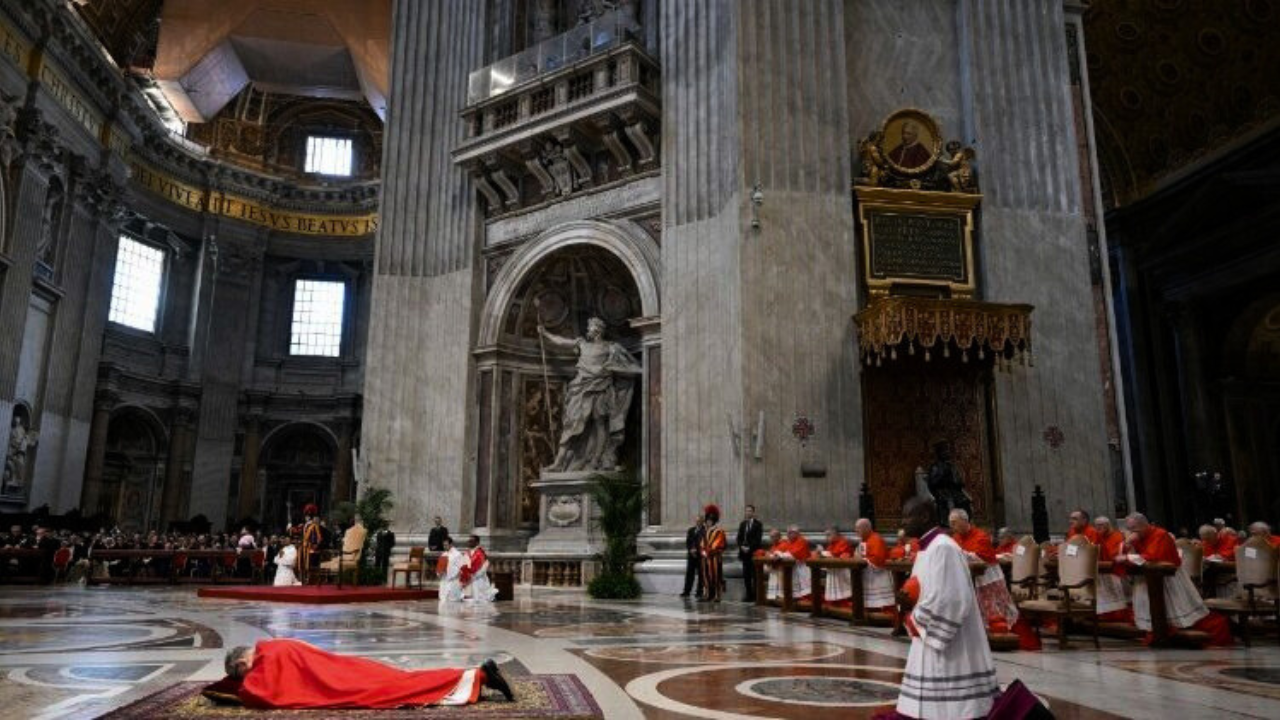This Italian university unveiled the 'Codice Lauri.' It is an unknown copy of Leonardo da Vinci's famous 'A Treatise on Painting.'
The original work rests in the Vatican's Library. It's one of their treasures. However, the codex that has come to light was composed some 150 years later. Although it is a copy, it offers deeper insight into the great Renaissance genius.
SERGIO MORINI
Università Campus Bio-Medico (Rome)
“It was found more or less by chance. It was owned by a family and they donated it to a doctor as a gesture of gratitude as he had a great interest in humanities. This doctor turned out to be the grandfather of one of our students and his family gave it to us to study.”
The manuscript donated to the Università Campus Bio-Medico of Rome is an abridged version of the original. The drawings are not by Leonardo da Vinci, but later representations showing what the artist taught in each lesson.
The university's researchers studied the manuscript from a multidisciplinary point of view, in order to be faithful to Da Vinci's style. This is because the artist was not only a painter, but a philosopher, engineer, anatomist and even a biologist. He was an embodiment of the Renaissance spirit.
SERGIO MORINI
Università Campus Bio-Medico (Rome)
“In this family's house, the first time I held the manuscript in my hands, I found this phrase: 'white is not a color, but the sum of all colors.' This phrase is impressive because it was physically demonstrated by Newton 150 years later. . Leonardo had a multidisciplinary way of looking at reality, or rather, as we say today it is multidisciplinary.”
GIAMPAOLO GHILARDI
Università Campus Bio-Medico (Rome)
“When Leonardo begun to tackle the problem of how to teach the art of painting, there was no academic discipline. It was learned in a common workshop where all genres of art were done. During Da Vinci's time with his teacher Verrocchio, he did sculptures, paintings, studied perspective and drew. Leonardo tried to take the first step in the formation of an academic discipline.”
'A Treatise on Painting' was the result of a brilliant intuition by Francesco Melzi, the student of Leonardo da Vinci. After the artist's death he decided to collect and arrange his master's notes. In this way he enabled Da Vinci's wisdom to live on to the present day, 500 years after his death.
